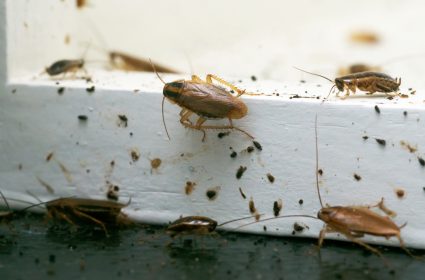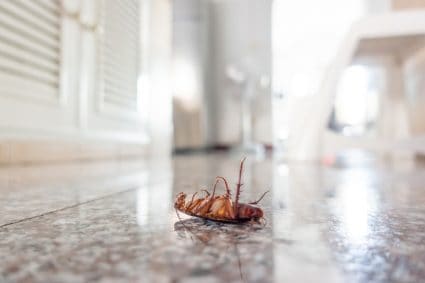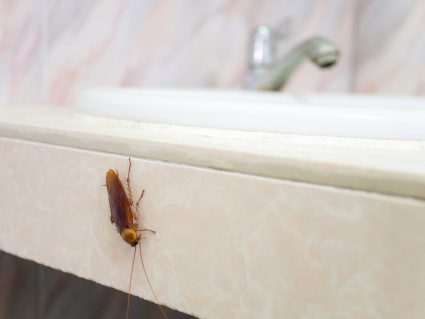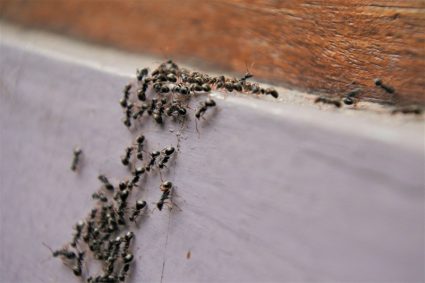
Mice are known for their ability to chew through various materials, thanks to their strong, sharp teeth. These tiny creatures can gnaw through wood, plastic, vinyl, rubber, and even low gauge aluminum. But, contrary to popular belief, there are several materials that mice cannot chew through. In this article, we’ll delve into what these materials are, how to use them to protect your home, and why mice chew through some materials but not others.
Mice cannot chew through materials like properly cured concrete, sheet metal, brick, copper, steel wool, and glass. These materials are resistant to their strong, sharp teeth and can be used to protect your home from a mouse invasion. However, remember that mice are persistent creatures and may still find ways to enter your home, so regular inspection and maintenance are necessary.
Materials Mice Can’t Chew Through
Here are some materials that mice generally cannot chew through:
- Concrete: Mice can’t chew through properly cured concrete. However, old or brittle concrete can be broken down by a determined mouse.
- Sheet metal: This material is a perfect way to patch up large openings that mice may use to enter your home.
- Brick: Mice cannot chew through bricks. This makes them an excellent material for blocking off openings near the foundation of your home.
- Copper: Copper gauze is a great tool for stuffing small openings that mice cannot chew through.
- Steel wool: Mice will not chew on steel wool. It is an inexpensive and effective material for blocking small cracks and openings.
- Glass: Glass containers can help keep mice out of your food storage.
Remember, while these materials are resistant to mice chewing, they may not be completely mouse-proof. Mice are persistent creatures and may still find ways to enter your home.
Why Mice Chew Through Most Materials
Mice have strong and durable teeth that are designed for gnawing. Their incisors are rootless and grow continuously throughout their lives, requiring them to gnaw on various materials to keep their teeth at a manageable length. Mice teeth are made of hard enamel on the front surface and softer dentine on the back surface, allowing them to remain sharp as they wear off. The hardness of their teeth is about 5.5 on the Mohs scale, which is harder than human teeth (5 on the Mohs scale). Their strong jaw muscles and dental anatomy enable them to exert significant force while gnawing, allowing them to chew through various materials and gain access to shelter or food. Mice are also highly adaptable and exploratory by nature, which contributes to their ability to chew through different materials and navigate their environment.
How to Protect Your Property
To effectively keep mice out of your home, it’s essential to practice prevention methods both inside and outside. Some common rodent-proofing methods include fixing small holes with copper gauze and patching compounds, using thick concrete, sheet metal, brick, or hardware cloth to seal larger gaps, cleaning thoroughly, storing food properly, and ensuring pipes and drain grates are in good repair. When choosing material to patch holes, make sure to pick something that mice cannot chew through, as some common sealants, such as spray-in-place foams, aren’t rodent-proof.
Risks Associated with Mice Chewing
Mice chewing through materials can lead to various problems, including structural damage, electrical fires, and health risks. They can chew through wires, causing electrical shorts and potential fire hazards. Mice can also chew through insulation, leading to heat loss and higher energy bills. Additionally, mice carry various diseases that can be transmitted to humans through their droppings, urine, and saliva.
Conclusion
Understanding what materials mice can’t chew through is crucial in preventing them from causing damage to your property. By using mouse-proof materials and implementing proper prevention methods, you can effectively keep these pesky rodents at bay. If you continue to have rodent issues, it’s recommended to contact a professional pest control service for assistance.
Frequently Asked Questions
Can mice chew through plastic?
Yes, mice can chew through most types of plastic. Their strong teeth and jaws allow them to gnaw through plastic containers, bags, and even some types of plastic piping.
What are some signs that mice have been chewing through materials in my home?
Signs of mice gnawing include visible holes or chew marks on materials, especially near the ground or in hidden areas like the back of cabinets. You might also find small, pellet-like droppings or hear scratching noises, especially at night when mice are most active.
Can mice chew through walls?
Yes, mice can chew through certain types of walls. They can easily gnaw through drywall and other soft materials. However, they cannot chew through solid concrete, brick, or metal walls.
What attracts mice to a home?
Mice are attracted to homes for shelter, warmth, and food. They can be attracted by food scraps, unsealed food containers, clutter, and areas of warmth or shelter, like attics or basements.
Are there any natural repellents for mice?
There are several natural repellents that can deter mice, including peppermint oil, cloves, and cayenne pepper. However, these may not be as effective as using proper prevention methods and sealing off entry points with mouse-proof materials.











